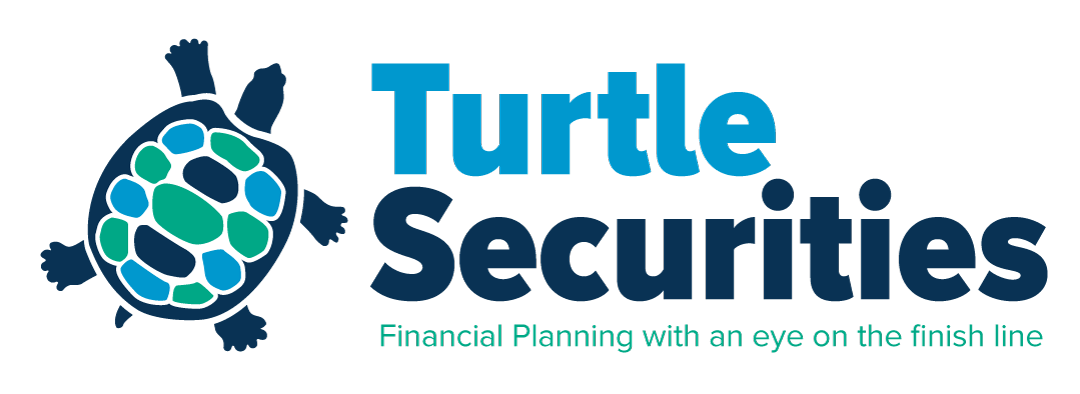Reading my super statement
Today I thought I’d share how to read a superannuation statement. Tracey made an appointment with me because she thought her super was going backwards. We spent 30 minutes going over her statement and she went away happy. Her super was in good shape; just had to make one or two changes. I just showed her how to read the statement.
Check your personal details are correct
On the front page quickly check your personal details are correct. If they’re wrong honestly it can be a nightmare to correct but you’ve got to get onto it. You’ll never get your money out if your details don’t match.
Check your account balance
The REST statement gives us the balance on page 2. Other super funds want until the last page. We want to know the balance at the end of the last financial year.
The balance of your super will be all your employer contributions, plus any contribution you have made, income and growth, minus fees, taxes, and insurance premium. Very broadly it should be 10% of your total salary multiplied by years employed.
Employer contributions
This current financial year your employer should now be putting an amount equal to 10% of your wage, every 3 months. Previously the amount was 9.5%. Has your employer met their obligation?
Additional contributions
You may have chosen to ‘salary sacrifice’ and have you boss putting more of your salary into super to reduce your tax. There’s nothing wrong with doing this but I would ask is it the wisest thing to do when you have debt. I often to the maths for clients to figure out the best thing to do, - invest or pay down debt. It’s what ultimately get you to your goal first.
Investment returns
What’s the actual return on my investment as a percentage and is it good? This is the tricky bit because it all depends on how the super funds presents the information. REST presents the information of page 3 and there are numbers all over the page for every investment position. Where do we start?
Have a look where you are actually invested. This statement says my client is invested in the ‘Core Strategy’ fund. This fund did 8.75% over one year and 8.81% over 5 years. So now I want to know how this compares to other super funds. Is it above, below or showing the same average as other funds?
Your super statement will undoubtedly say ‘we’re the best.’ I’m looking at a REST statement and they have a nice bar diagram showing their return was better than the ‘other funds.’ But look at the fine print at the bottom of the page. How are they rating themselves? Are the results before or after fees? What time frame are they using? It’s tricky because we must compare ‘apple with apples.’
Compare ‘apples with apples.’
We need to know the asset allocation of your investment. How much is defensive in ash and term deposits, and how much is invested in growth assets such as shares and property. This is how we compare the performance of the underlying investments in your super.
So what is the asset allocation of your investment in super? REST shows the information on page 2. The Core Strategy fund has growth assets 76% and defensive 24%. To check of the performance of your fund we need to compare it with funds of the same asset allocation, in this case close to 76% growth.
It often comes a surprise this is where our money is invested. We tend assume super is like a bank account we can’t touch. In fact, it’s an investment and we have to take ownership as to where it is invested. A typical growth fund is anywhere between 70 to 80% in growth assets, 70 to 80% invested in shares and property. It’s the riskier stuff compared to cash but over the long term it’s going to make a lot of money. REST has a balanced fund, a diversified fund and a high growth fund. The labels are all different across superannuation industry this is why we have to look at the underlying asset allocations.
Red flags to look for if your super is sat in cash. It’s going nowhere and probably will be eaten up by fees. Another red flag: 100% invested in ‘high growth’ (or aggressive) position - you are risking everything! Go for broke! This may suit your nature and you are comfortable with this.
Knowing your asset allocation so we go to websites such as SuperGuide or CanStar and make comparisons. Always check the fine print and make sure outcomes are calculated after fees. We want to know the actual return that come to us after they have taken their cut. Also look at the reporting period.
Over the last 12 months the average middle-of-the-road or balanced investment has been returning a good 18%. Before you get excited this is abnormally high and result of the market reacting to the Government stimulus packages being poured into the economy because of the Pandemic. Over a 5 year term a balanced fund, say 60% growth, should be averaging between 6 and 7% over the long term.
Check your fees.
On the transaction page of the REST statement, I can see the actual administration fees charged. I would like to know how REST fees compare with other industry super funds. REST gives me another bar graph telling me on a balance of $50,000 they are about $200 a year cheaper.
You might be in a retail fund. You’ll have to check out my next blog on retail fees but red flag if you have adviser fees and you’ve never seen your adviser. Perhaps you do see your adviser once a year but is the fee justifiable?
Insurance premium
Note how much life insurance you have and ask if it’s appropriate. Tracey didn’t realise she had $300,000 death benefit and paying for it. Again, the superannuation fund had given her the default amount of insurance cover and were deducted premium for it. I asked Tracey why would she, a single person with no debts, want $300,000? And to rub salt into the wounds: why are you paying for someone else to get rich? Sure, if you had debts, a mortgage, you may want this kind of cover. But as it is now, Tracey’s parents would get all the money. Bear in mind whoever your leave your super to, they get the balance of your super plus the life insurance.
Check your nomination of beneficiary.
Who do you want to leave your super to if you die? Superannuation is held in a Trust and therefore is outside your Will. Without a nomination it can take months to years for your family to receive your super.
Are you on track to a good self-funded retirement?
At the end of the day, I said to Tracey, is this super on track with your retirement goal? Tracey is in her 30’s and hadn’t thought this far. So I explained how superannuation is a forced savings plan so ultimately when we stop working (retire) we can pay ourselves a good wage for the rest of our lives. (I always add don’t count on Centrelink and the Age pension because it might no longer be around when we retire.) What’s the maths? Quickly, and in very round numbers it should be approximately 7 times your current annual salary. Stacey is earning $60,000pa so what she needs approximately $420,000. Now if you Google ‘Retirement calculator’ and punch in your numbers you should have a good idea you’re on track. Remember: you choose when to retire.
For my clients I do more precise calculations starting with the question: how much a year do you want in retirement? Often the reply is we want to do better than the Age Pension but we’re not greedy; we’d be happy with $60,000pa. Therefore, I compute for them a figure in the vicinity of $800,000. That becomes the goal. The super statement starts making sense; this is how it all fits together. If Tracey’s is aiming to retire at 65 years she needs $420,000. There are calculators on the internet to do the projections. I do the precise maths.
Tracy, your super fund is doing well so long as your employer keeps putting in $6,000 a year and you get an average of 7% return.
But watch those fees and perhaps trim that life insurance!
If you are worried about your superannuation or if you have questions about your super fund, please contact me.
I would love to help answer your questions.











